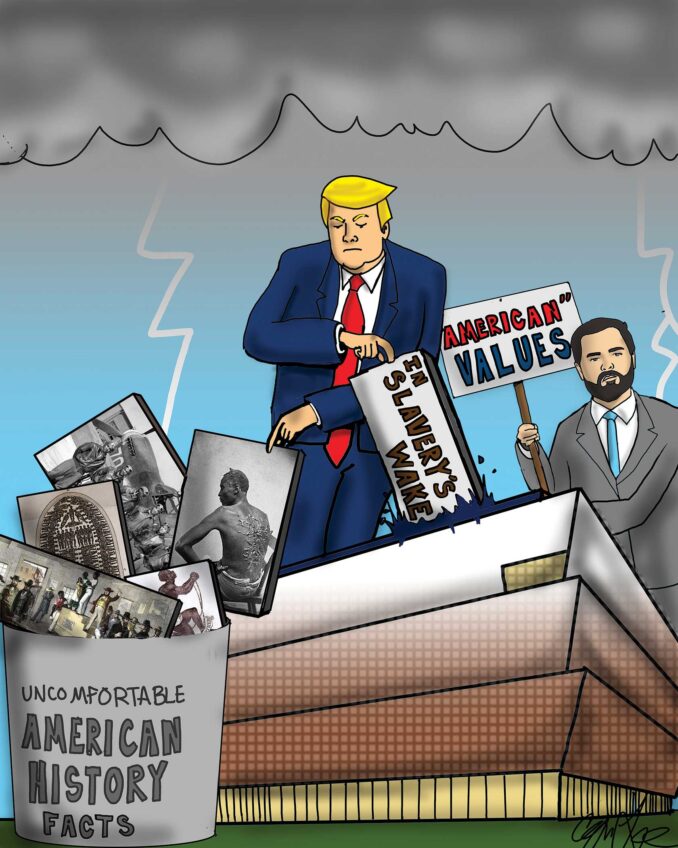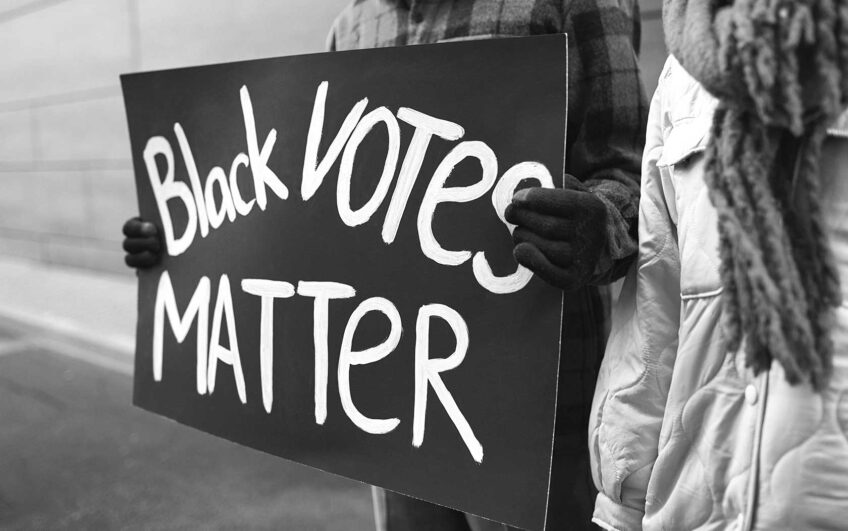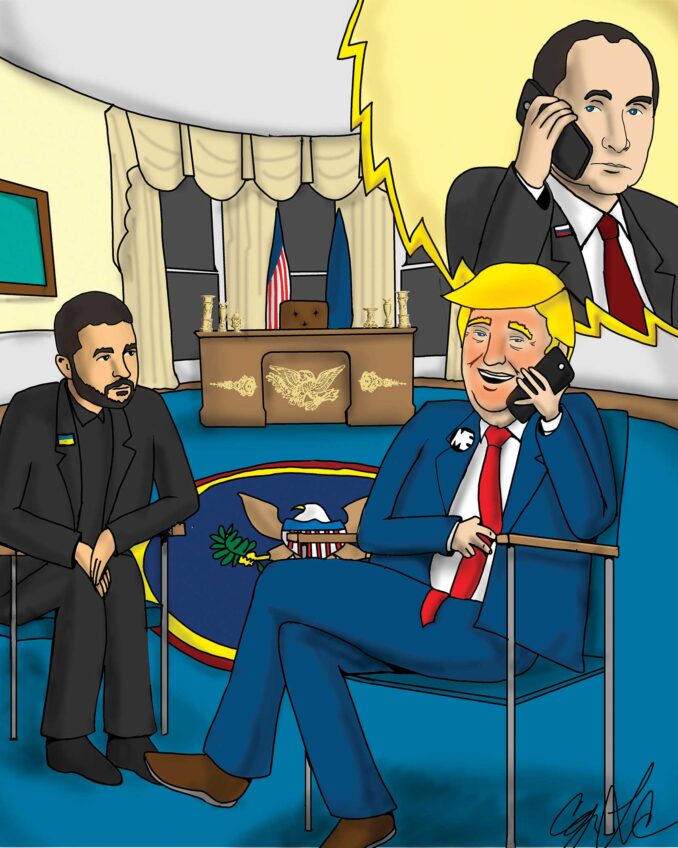“I have said this before, and I will say it again — the vote is precious. It is almost sacred. It is the most powerful non-violent tool we have in a democracy.” — John Lewis, 2019
Spoken by the late, great Congressman from the State of Georgia, nearly a year before his passing and following decades of intense, often dangerous, and deeply impactful struggle for social justice, this statement was delivered as a call to action among people of color, human rights activists and those seeking fairness and equality for their fellow Americans.
When considering our nation’s current state of affairs, Congressman Lewis’ words carry an even more profoundly prescient weight, spoken well ahead of the police killings of George Floyd and Breonna Taylor, the murder of Ahmaud Abery, the national wave of protests which ignited from them and continue as activists clash with both police and members of white supremacist groups emboldened and supported by the current administration, which is itself roiling from its shameful mishandling a pandemic that has claimed the lives of more than 200,000 Americans, including a horrifically disproportionate number of Black and brown people.
With this bleak backdrop heading into the final weeks before what many have agreed is “the most important presidential election in recent times,” common wisdom would suggest that an overwhelming majority of affected people would turn out to wield that “most powerful non-violent tool.”
So, why is there so much concern about the potential for lower voter turnout in communities of color, particularly among Black and Latino men? A good portion of the answer lies in the results of the 2016 Presidential Election, when, for the first time in twenty years, the nation saw a drop in the turnout rate for Black voters. According to a Pew Research Center study, the drop was most pronounced among Black men with 64% of Black women reporting that they voted, compared to 54% of Black men. A Census report shows that while the voting gap between Black men and Black women decreased slightly in the 2018 midterm elections, men still lagged behind women 54% to 47%. Among Hispanic men and women, the gap was only slightly better, albeit with fewer representatives actually voting, with women turning out at 43% compared to men at 37%.
Certainly, an argument can be made that some aspect of apathy has played into this decline in voter participation, with residents in communities of color asking why they should participate in a system that continues to be rigged against them and offers few candidates who actually represent their interests. But, it is far more likely that it is the system itself that has most significantly impacted the vote in communities of color with a multitude of voter suppression techniques employed to undercut Black and Latino participation,
Pouring the cement over this brick wall of voter suppression is the denial of the right to vote for those returning to society post-incarceration. Estimates by the ACLU show that approximately 5.9 million Americans with felony, and in several states misdemeanor, convictions are prevented from voting. According to statistics provided by the NAACP, Blacks and Latinos — who account for just 32% of the U.S. population — make up more than 56% of the nation’s prison population.
So, what can we as citizens do to restore and ensure equality, fairness and, most importantly, faith in our system of voting?
For starters, we need to establish truly non-partisan independent redistricting commissions; standardize the process for voting across the country; make “vote by mail” available to all American citizens in every election; put an end to discriminatory voter ID and “use it or lose it” laws; provide appropriate language translation materials and services; restore the right to vote for all returning citizens across the country; and make Election Day a holiday of national service.
But, the most crucial first step that we need to take as a nation, and particularly in communities of color, is to engage in a little bit of what Congressman Lewis used to call “good trouble” and “wield that most powerful non-violent tool that we have” by coming out to vote this election season.
Steven W. Tompkins is the Sheriff of Suffolk County, Lee Pelton is the President of Emerson College and Michael Curry is a current member of the National NAACP Board of Directors and the immediate past President of the Boston Branch of the NAACP.






